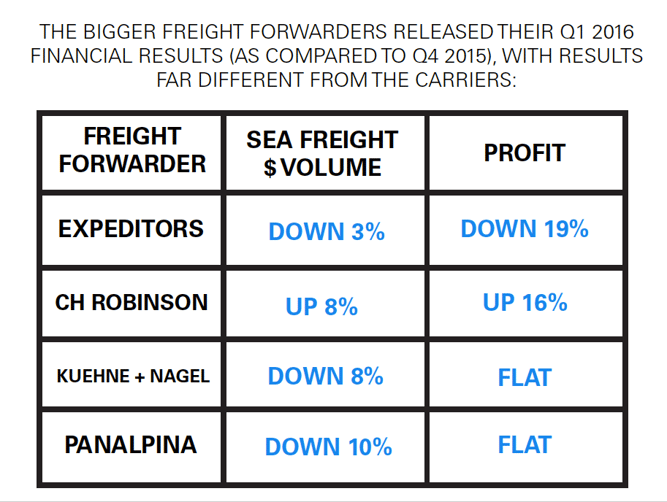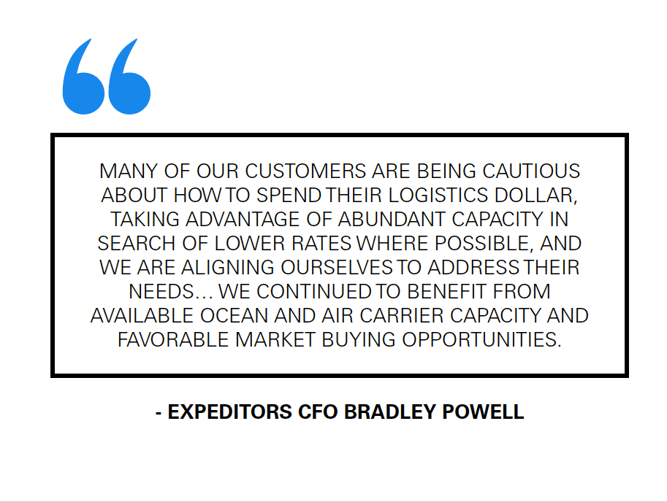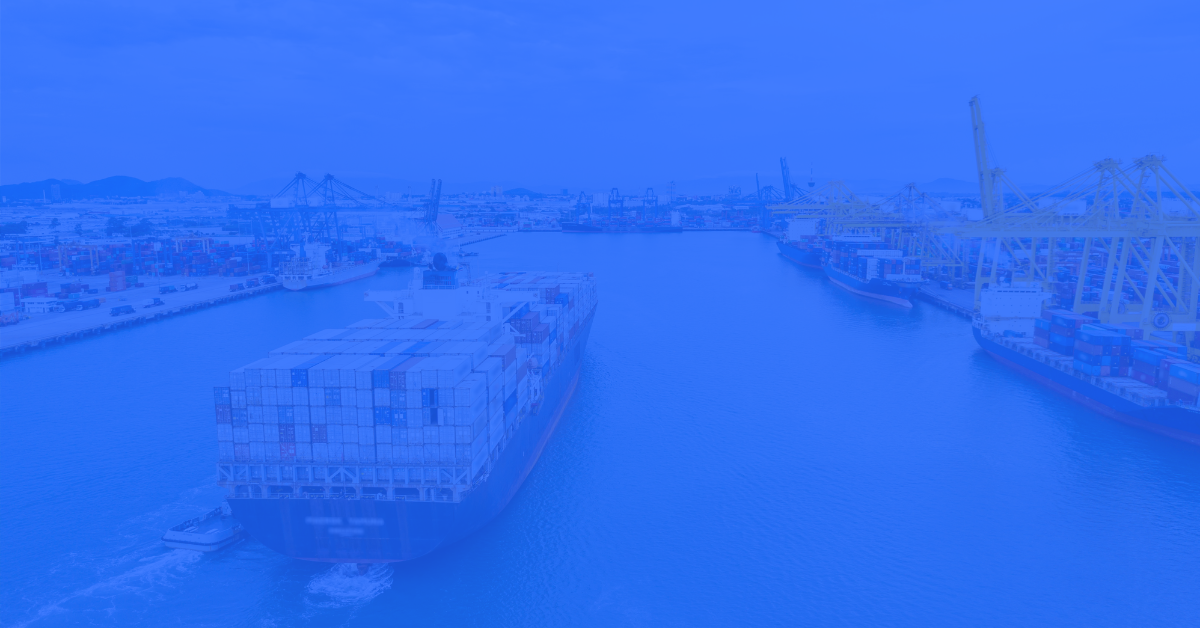In April 2016 Maersk Line announced a Q1 2016 profit, earning US $ 32 million due to a 7 % increase in volume of TEU’s carried and 16% in cost reductions. This is a huge turn-around in their shipping industry profits from their Q4 2015 when they lost $ 165 million.
Maersk’s chief executive Nils Andersen explained their unexpectedly good performance by mentioning Maersk’s 90% capacity utilization, their reduced-costs program, as well as lower bunker costs. But bunkers are rising along with crude oil prices, and one can only reduce costs a finite degree before one cuts into the keel, and how many other lines are able to average 90% utilization?
Apparently not many: with NOL announcing a loss of $ 105 million due to their APL division last year, Hanjin and Hyundai facing tough debt, and let’s not forget Beijing’s forced merger of COSCO – CSCL so their three-straight years of enormous losses would not cause them to be delisted from the Shanghai Stock Exchange. This raises the question: can one make a profit in the shipping industry?
Cargo Shipping Outlook 2021: Get the container market report
Shipping Industry Profits: Are Freight Forwarders in the Black?

Another advantage the logistics companies share is a bigger client base than the carriers. With most carriers having shed their sales forces in order to cut costs, freight forwarders such as K+N use their scale and sales heft to negotiate highly competitive rates from its carriers in these over-supplied markets.
The drop in sea freight revenue is to be expected, due to the collapse of ocean freight rates in 2016. Yet all the forwarders remained profitable when it came to their profit margins in shipping industry, just not at Q1 2015 levels. It was CH Robinson’s strong surface transportation sector (truck & rail), however, that brought them the outstanding profits that few other forwarders and logistic companies can match.
Expeditors does the same, as CFO Bradley Powell said indirectly on 5 May when their Q1 results were released;

How Smaller Shippers Aid The Profit
It’s also worth noting that freight forwarders, focus mainly on smaller companies in comparison to carriers who tend to havelarger-volume shippers as main customers. It can be said that these smaller shippers are less aware of what happens in the market in terms of pricing. Therefore, in many cases freight forwarders hold higher prices longer towards these smaller shippers, and at the same time are also known to raise prices towards them at a faster pace.
Historically carriers have looked away from smaller volume clients as the cost to serve them has been too high. That's partially the reason why freight forwarders were born. Carriers obviously regrets this today. These smaller shippers allow freight forwarders to reap from the declining market we've seen - increasing their margins (even though revenues go down). What's left at the bottom is what counts in the end - so they're all happy.
Freight As A Commodity Can Be the Answer To Improve Shipping Industry Profits
It appears that profits can be earned in shipping, but as Expeditors and Kuehne + Nagel both indicate, a forwarder needs to treat container freights as a commodity to be bought and sold, instead of something to be booked. This necessitates a supply & demand trading mentality, which most carriers and the smaller freight forwarders seem not to possess – except for Maersk, whose Q1 2016 revenue was 20% lower year-to-year while its average freight rate plunged 26% to $1,857 per 40ft container. CEO Anderson went on to note that “contract rates will be lower and we will therefore be more exposed to the spot market”
Shipping Rates May Be on the Rise | Have the Upper Hand
Find out how to stay ahead of the market to make sure your freight prices are competitive and cargo flow uninterrupted. Get the data and intelligence you need to have informed negotiation and discussions with your suppliers.







